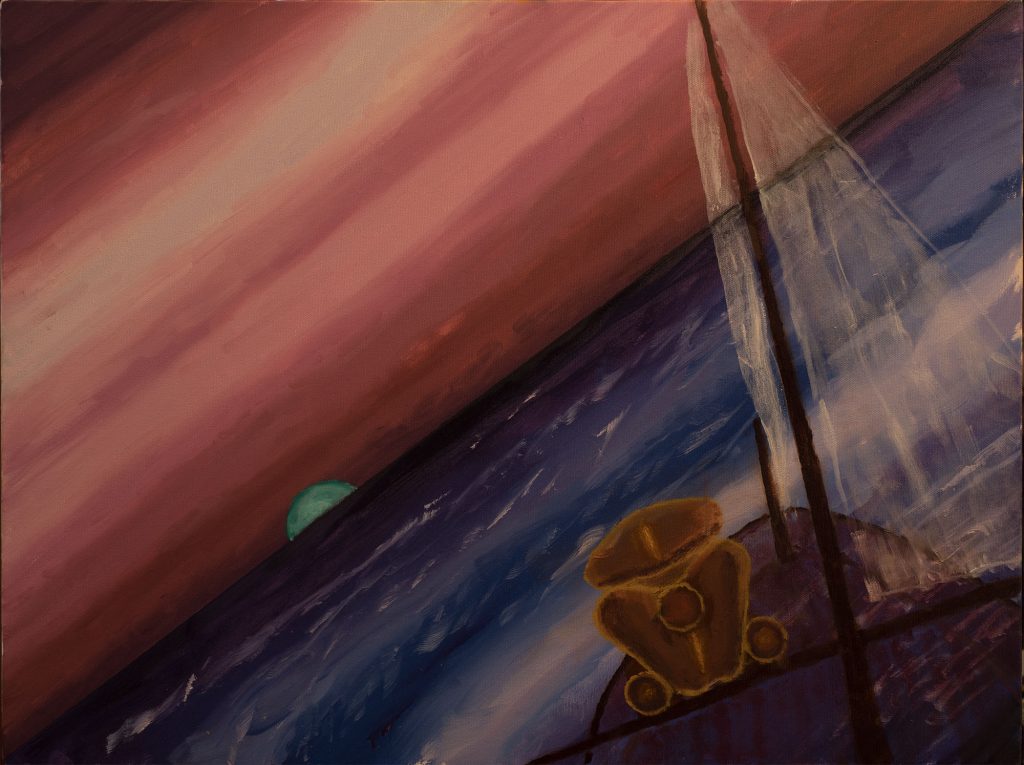Let’s look first at the prosaic reasons for a “black” AATIP. Then we’ll get to the interesting stuff. The prosaic reasons fit the category of People Problems. Imagine you are a human resources officer for a company whose employees, besides prospecting for gold in the Australian Outback, are rewarded and fired for telling lies and inventing stories – at different times by different bosses. This is why Close Encounters was such a good movie.
One reason to go black was to avoid death by laughter in Congress. If it had survived that trial, AATIP would have been born into the special media circus reserved for the sensational. Quoting the NY Times,
None of the three senators wanted a public debate on the Senate floor about the funding for the program, Mr. Reid said. “This was so-called black money,” he said. “Stevens knows about it, Inouye knows about it. But that was it, and that’s how we wanted it.” Mr. Reid was referring to the Pentagon budget for classified programs.
Ufology has a lousy signal-to-noise ratio, caused by:
- Limitations of human perception.
- Mental interpolation.
- Psychological factors – the Rashomon Effect, and the reverse, “experience copying.”
- Fraud and manipulation for gain.
- The desire to be part of something greater than ourselves.
The desire promotes invention, the messianic quality of UFO belief among the gullible, and “UFO waves” of mass hysteria. The spectacle fuels skepticism. Those of the concrete mind have no interest in something remote from their own experience. Somewhere in the middle, the moderately religious try to incorporate Ufology unobtrusively into their world views.
These factors are not reasons for skepticism of the phenomenon itself. But they emphasize the problem of designing a scientific activity that will null them out. Going black is an easy step to knock down the factors down. It doesn’t eliminate them, but sometimes you have to whittle your way to a solution.
Going black removes most of “experience-copying” from the problem, leaving us to cope just with analyzing the individual experience. One valid criticism of giving the contract to Robert Bigelow is that he appears to be what Eric Hoffer called a “true believer.” Belief, as opposed to inclination, of any kind that related to a scientific question is incompatible with researching that question . Perhaps Harry Reid felt that, since government projects have been historically driven by debunkers, it was time to give a believer a chance. OK, but once is enough.
Nota bene: To be a skeptic of human behavior is different from skepticism of alien visitations. A good investigator should have no bias on the question.
(NY Times) Glowing Auras and ‘Black Money’: The Pentagon’s Mysterious U.F.O. Program quotes James Oberg:
Still, Mr. Oberg said he welcomed research. “There could well be a pearl there,” he said.
Lacking a testable hypothesis, AATIP shared this idea: Sifting through enough reports, something will pop out. This is an open ended hypothesis. In statistics, it’s a no-no. But science goes well with with Louis Pasteur: “In the fields of observation chance favors only the prepared mind.”
So we have to prepare. But do we expect a fender to fall off one of these things? Drop some alien poop? We want to recognize something that is familiar but different. But the chance of this is negated, at least to the human observer, by the third of Arthur C. Clarke’s Three Laws:
3. Any sufficiently advanced technology is indistinguishable from magic.
So the encounter of the human observer with UFO technology, advanced as it might be, is a completely unequal match. Even if a fender falls off, we may not recognize it. The limits of our perception are plays on what we know, such as an unknown material of incredible strength, or little green eggheads, or aerodynamic forces beyond the tolerance of human passengers. To Donald Rumsfeld (New Yorker) we owe,
There are knowns, known unknowns, and unknown unknowns…I think this construct is just powerful,” Rumsfeld said. “The unknown unknowns, we do not even know we don’t know them.”
What if an alien vehicle were not physically located where it appears to be? If it was a projection through a rent in space time, could we make sense of it by our tools of observation? What if the very fact of witnessing an event does not fit our conception of logic, which goes back to Aristotle?
This is not an age for either the believer or the skeptic. Throughout the 19th century, ghosts and metaphysics receded from the onslaught of the electric light. By 1878, physicist Philipp von Jolly thought the work of physics was about done. But Max Planck started to show the cracks by 1899. Lately, physics has been making little forays into metaphysics. But the new rooms are draped in ghostly shadow. There is more room than ever for the mysteries of the universe(s).
So where do we go from here? Clark’s Second Law offers an opening:
2. The only way of discovering the limits of the possible is to venture a little way past them into the impossible.
Easy to say, hard to do. But DoD and the intelligence community, as a kind of “due diligence”, make forays into the unknown. Once every 30 years or so, they check out anti gravity. Every once in a while, at low or no-budget, they take a stab at ESP. A few years ago, NSA bought a couple of claimed-to-be “quantum computers”, even though nobody knows how or if they work. What if they did or do? It’s too big a gamble to pass up. It’s insurance.
Ditto for AATIP. But the UFO game is about to change in a big way. The human observer exits the loop. We are now in the age of sensors. With removal of the human factor, UFOs become an engineering problem. New approaches make it possible to tickle Clark’s Second Law.
Next in Part 3: UFOs, sensors, machine vision, hyperspectral, data fusion, and “Why black?”
If you’re a believer, you’ve probably already clutching your copy of Alien Autopsy. So you won’t have to step away, here it is.
Or perhaps I should be kind. Whatever floats your boat.


